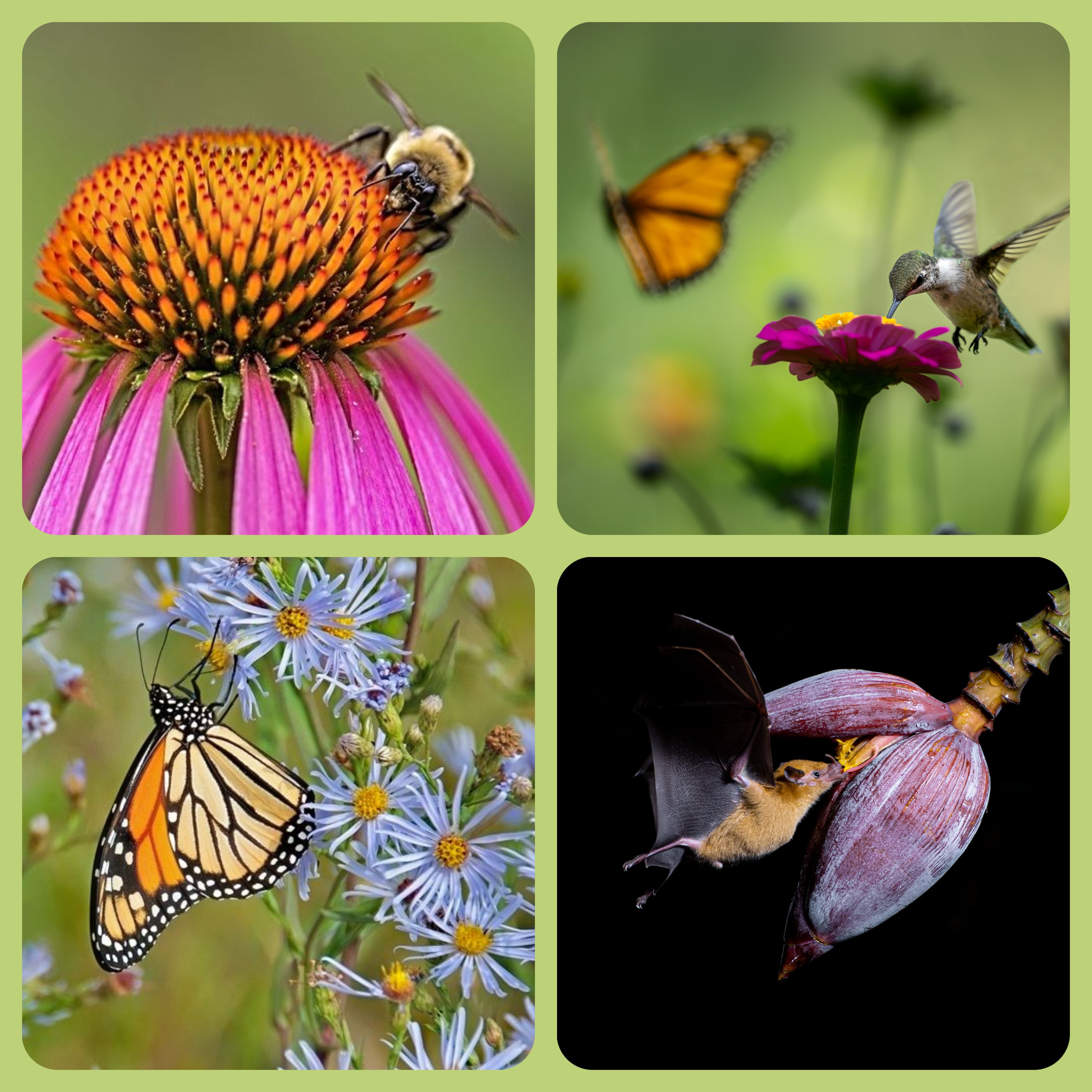- Annuals typically live for only one growing season. and bloom spring through fall
- You can give your garden a new look each season by experimenting with new plants and color schemes each year
- Annuals bloom spring through fall therefore, your garden has beautiful, bold colored flowers for a large part of the year.
- Popular varieties include petunias, marigolds, zinnias, and impatiens

- Perennials usually last three years or more, and will regrow each spring but blooming once or sometimes more per season.
- The top portion of the flower or plant will die off each winter but will grow back in the spring
- Perennials have evolved to come back year after year, at the right time for the environment they are planted in. You do not need to worry about the flowers blooming too early and getting hit by a cold snap.
- Their roots spread outwards and deep so you can divide them which increases your flowers at no extra cost.
- Popular varieties include Alyssum-Carpet of Snow, Candytuft-Umbrella Mix, Blue Forget Me Nots, and Gypsophila-Baby’s Breath

- Advantages to planting both together in one area
- Bees and other pollinators – Stagger your flowers’ bloom times over the growing season so that you create a consistent source of food and refuge for these important insects.
- If you love flowers but are in a small apartment, you can still plant a home garden of both Annuals and Perennials in container gardens such as window beds or over the railing planters like these.




